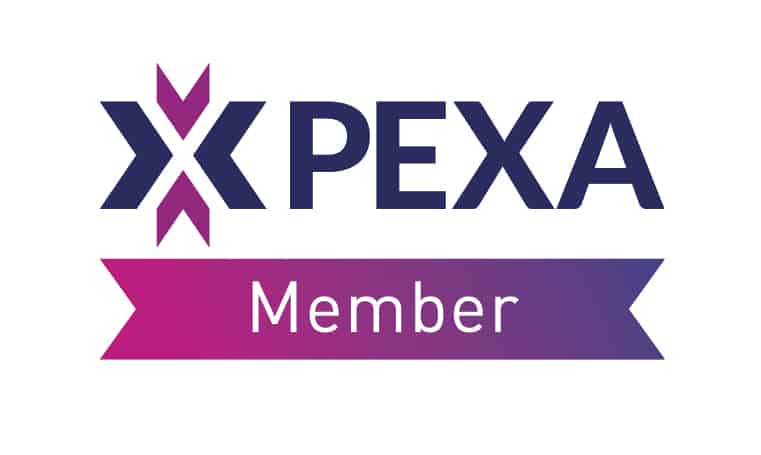Buying and selling property at the same time it is known as a simultaneous settlement. Buying or selling property is one of life’s major stress factors. Selling one property and buying another at the same time and trying to complete both transactions together can add considerably to your stress level.

Why settle simultaneously if it’s so stressful?
Many people rely on the funds from their sale to complete their purchase: they are not in a financial position to buy a new property without first selling an existing property.
Simultaneous settlements are great when you sell your home (e.g. to relocate, upsize, or downsize) and buy an alternate home. If both transactions can settle at the same time, benefits can include:
- you need only move once, saving time, storage and / or removalist costs;
- your home loan can be refinanced and replaced with a loan for your new property in the same transaction;
- you can make arrangements to disconnect and reconnect some services (ideally in one transaction) from your old to your new home;
- you won’t need alternate accommodation, avoiding the inconvenience of staying with family or friends until a new home is found or saving on rental costs.
What happens at a simultaneous settlement?
The sale of your existing property is completed at the same time as the purchase of your new property. These transactions are interdependent so they must meticulously coordinated and planned–delays or problems with one transaction will affect the other.
The circumstances of the the buyer of your existing property and the seller of your new property are also relevant. If they are in a similar position, their issues also become yours and a domino effect occurs.
On completion, if a refinance is involved, funds from the sale of your existing property are applied towards your purchase. Your lender releases the mortgage over your existing property (this is called discharging the mortgage) and a mortgage is taken out on the new property to secure the funds you’ve borrowed.
With the introduction of e-conveyancing, settlements are conducted online: your lawyer does not need to meet with the bank and lawyers for the other parties. The transaction which can happen in minutes on settlement day is the culmination of a plan which would have evolved over several weeks or months.
Meanwhile, you have arranged for the disconnection and reconnection of services such as internet and electricity and await nervously with a moving truck full of furniture and a lifetime of memories, for the go-ahead from your lawyer.
What are the legal considerations?
Once contracts have been exchanged, the parties are legally committed to the transaction and may suffer significant repercussions for breaching the terms. You should not commit to buying a property before you are certain that the sale of an existing property is a ‘done deal’.
Generally, to protect your interests, a simultaneous settlement requires a simultaneous exchange of contracts with both providing for the same completion date. Your lawyer can make the necessary arrangements and negotiate the appropriate conditions in the contract.
Alternatively, your lawyer may be able to negotiate the inclusion of a ‘subject to sale’ clause in a purchase contract if you haven’t sold your property yet. Generally, however, a vendor is unlikely to accept this, particularly in a competitive market where there are other buyers ready willing and able to enter an unconditional contract.
If you choose to have your sale and purchase settle at the same time, your lawyer will advise you of the legal issues and take part in co-ordinating the transaction.
What are the options?
Selling first and buying later may be a safer option. The downside of this is that you will need to arrange accommodation while looking for your new home. The upside is that the funds from your sale can pay out your mortgage with the balance being applied towards your purchase. If you have pre-approved finance from your lender, you may also be in a superior bargaining position in a competitive market.
If your buyer is not in a hurry to move into your existing home, you may even be able to negotiate to lease the property you sold until you find a suitable home.
If you need to move in a hurry for example, relocating for a new job, and you can’t sell quickly, renting your existing property on a short lease may also be a viable option.
Buying first and selling later can be very risky. Unless you are a cash buyer and / or own your existing property outright you will need to finance both properties. This will require you to make repayments on two mortgages and / or obtain a bridging loan. This option would be unavailable to most people. If it is available to you, it may enable you to snap up the property you want when it is available then reduce your financial commitments once your existing property is sold. It can also give you the opportunity to utilise market fluctuations to your advantage. If you find servicing two loans unmanageable, you may need to sell quickly and may have to accept a lower offer than you would like.
Conclusion
You should consider the market and your personal circumstances when buying and selling property and choosing the option that is right for you.
Your financial circumstances will influence your options. The current market and property demand also influences how quickly you can sell and find an alternate suitable property.
Whichever option you choose, it is important to ensure that you understand the legal and financial implications and are guided throughout the process.
A simultaneous settlement requires careful planning, good communication and negotiation skills and, importantly, a contingency plan. If one transaction falls over, then so does the other!
Contact us if you or someone you know wants information, help or advice regarding simultaneous settlement.




